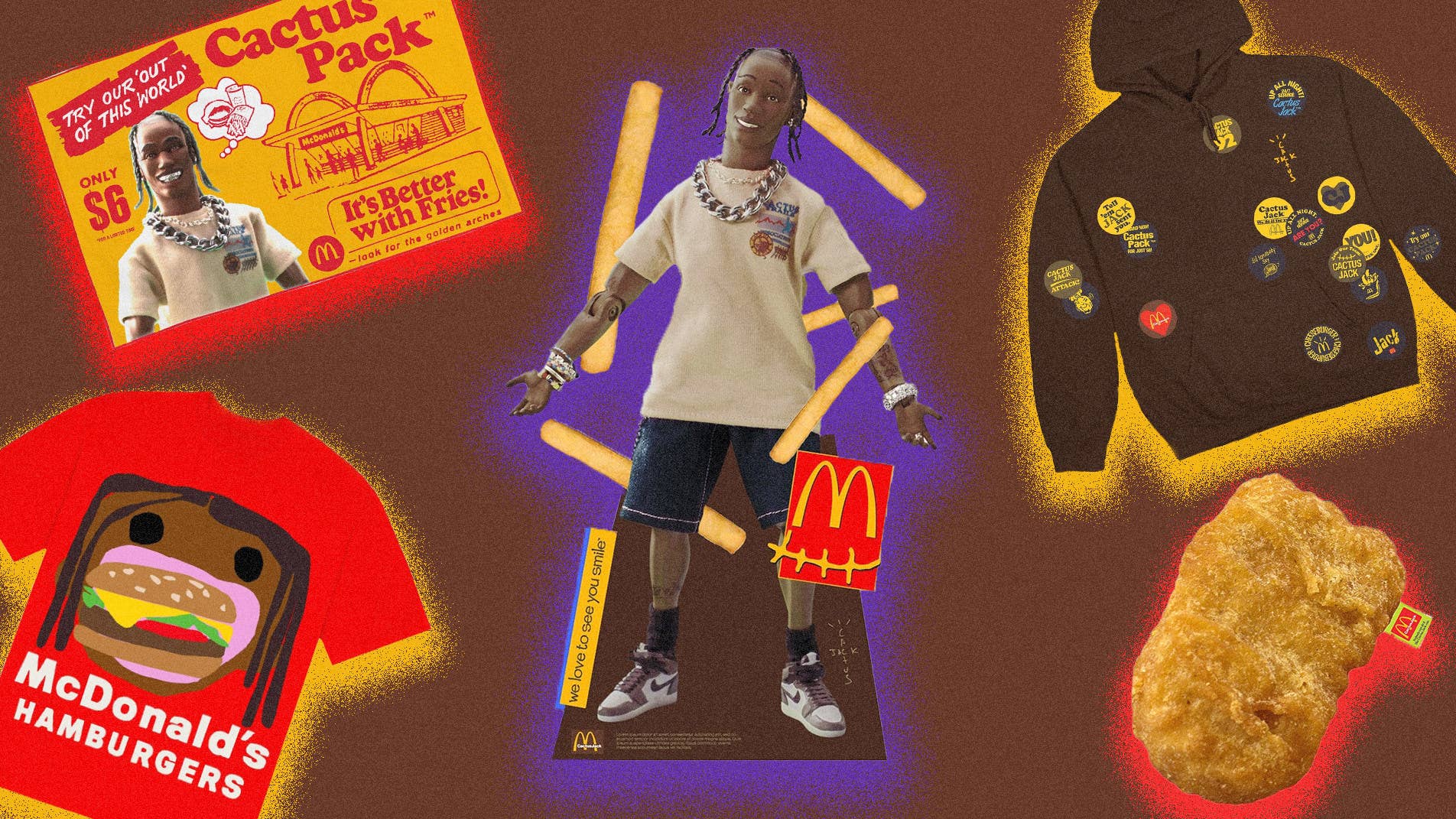Introduction
In today’s digital age, where social media dominates our lives and music is a universal language, the music industry has witnessed a significant transformation in the way it promotes and connects with audiences.
One of the key drivers of this transformation is influencer marketing. In this blog post, we’ll delve into the world of influencer marketing in the music industry, exploring its power, strategies, challenges, and the future it holds.
Influencer marketing is a marketing strategy that involves collaborating with individuals who have a substantial and engaged following on social media platforms to promote products, services, or messages. These individuals, known as influencers, leverage their credibility and authenticity to connect with their audience effectively.
In the music industry, influencer marketing has evolved from being a niche strategy to a mainstream promotional tool. Musicians, record labels, and music-related brands have recognized the potential of influencers to reach broader and more diverse audiences than traditional advertising methods.
In an era of information overload, influencer marketing provides a means to break through the noise and connect with music enthusiasts in a more personal and relatable way. It allows artists and brands to tap into the passion and influence of these digital tastemakers.
II. The Power of Music Influencers
A. Who are Music Influencers?
Music influencers are individuals who have established a significant presence on platforms like Instagram, TikTok, YouTube, and Twitter, primarily centered around music-related content. They can be musicians, music enthusiasts, critics, or even industry insiders.
Shawn Mendes, a popular artist, actively engages with his 24 million followers on Instagram, making him a prime example of a music influencer.
B. Why Choose Music Influencers Over Traditional Advertising?
Authenticity: Music influencers are often seen as authentic and relatable figures in the eyes of their followers. Their recommendations and endorsements feel more genuine than traditional ads.
Diverse Audiences: Music influencers cater to various music genres and demographics, allowing for precise targeting and wider reach.
Engagement: The engagement rates of music influencers are typically higher than traditional advertisements, as followers actively participate in discussions, challenges, and content creation.
When Drake collaborated with dance influencers for the “Tootsie Slide” challenge on TikTok, the song went viral, demonstrating the immense reach and influence of these creators.
III. Identifying the Right Music Influencers
A. Defining Your Target Audience
Before partnering with music influencers, it’s crucial to define your target audience. Consider factors like age, location, music preferences, and lifestyle to ensure that your chosen influencers align with your brand or artist’s image.
B. Researching and Analyzing Influencers
Perform in-depth research to identify influencers who resonate with your target audience and values. Tools like Social Blade and Influencity can help you analyze influencers’ engagement rates, authenticity, and audience demographics.
Beyoncé’s Ivy Park partnership with Adidas involved collaborating with influencers who embodied the brand’s message of empowerment, diversity, and inclusivity. This strategic choice resonated strongly with their target audience.
C. Metrics for Evaluating an Influencer’s Impact
When assessing influencers, consider metrics such as reach, engagement rate, follower growth, and conversions. These indicators will help you gauge the effectiveness of your partnership and refine your strategy.
IV. Building Authentic Partnerships
A. Establishing Trust with Influencers
Building trust is essential in influencer marketing. Maintain open communication, be transparent about your goals, and respect the creative freedom of influencers. Authenticity is the cornerstone of successful partnerships.
B. Crafting Win-Win Collaborations
Successful collaborations should benefit both parties. Offer fair compensation or incentives and ensure that the partnership aligns with the influencer’s values and interests. It’s not just about the transaction; it’s about building a lasting relationship.
Adidas’ partnership with rapper Kanye West for the Yeezy line not only boosted sales but also enhanced the brand’s street credibility, showcasing how authentic collaborations can yield long-term benefits.
C. Legal Considerations and Contracts
Legal agreements are crucial to protect both parties. Contracts should outline deliverables, payment terms, usage rights, and dispute resolution procedures. Consulting legal experts experienced in influencer marketing can save you from potential pitfalls.
V. Content Creation and Promotion
A. Collaborative Content Ideas
Collaborative content is key to influencer marketing success. Brainstorm creative ideas that resonate with both the influencer’s audience and your brand’s message. This could include music video cameos, behind-the-scenes content, or live performances.
B. Leveraging Social Media Platforms
Different social media platforms offer unique opportunities for content distribution. Utilize the strengths of each platform to maximize your campaign’s impact. For instance, Instagram is great for visual storytelling, while TikTok thrives on short, engaging videos.
C. The Role of Hashtags and Trends
Incorporate relevant hashtags and trends into your content to increase its discoverability. Stay current with trending topics in the music industry to maintain relevance and connect with your target audience.
Check out: How to Promote Your Music As an Independent Artist
VI. Measuring and Analyzing Campaign Performance
A. Key Performance Indicators (KPIs)
Identify specific KPIs that align with your campaign objectives. These could include website traffic, social media impressions, click-through rates, and conversion rates. Regularly monitor and analyze these metrics throughout the campaign.
B. Tracking ROI and Engagement
Calculate the return on investment (ROI) by comparing the campaign’s cost to the generated revenue or leads. Additionally, monitor engagement metrics like likes, comments, shares, and direct messages to assess the campaign’s impact on brand awareness and sentiment.
Taylor Swift’s “Folklore” album release strategy involved engaging with fans on social media, tracking fan discussions, and monitoring streaming data to tailor her marketing efforts, resulting in record-breaking sales.
C. Making Data-Driven Adjustments
Use the insights gained from your campaign’s performance to make data-driven adjustments. Adapt your strategy based on what’s working and what’s not to optimize future influencer marketing campaigns.
VII. Challenges and Pitfalls in Music Influencer Marketing
A. Fake Influencers and Bot Accounts
The rise of influencer marketing has also led to the proliferation of fake influencers and bot accounts. It’s essential to conduct thorough due diligence to ensure you’re partnering with genuine influencers with real, engaged followers. Tools like Social Blade and auditing services can help identify fake or suspicious accounts.
B. Maintaining Authenticity
In an era of sponsored content, maintaining authenticity can be challenging. Influencers should strike a balance between promoting products and maintaining their genuine connection with their audience. Overly promotional content can lead to follower distrust and disengagement.
The backlash against celebrities promoting Fyre Festival highlighted the importance of authenticity. Influencers who blindly endorsed the event faced criticism when it failed to meet expectations, damaging their credibility.
C. Navigating Negative Feedback and Controversies
Influencers, like anyone else, can find themselves in controversies or facing negative feedback. Brands and artists should be prepared to respond appropriately, either by addressing the issue or disassociating themselves from the influencer if necessary.
VIII. Case Studies: Successful Music Influencer Campaigns
A. Case 1: McDonald’s x Travis Scott
As mentioned earlier, the “Travis Scott Meal” campaign was a stellar example of influencer marketing success. Travis Scott’s endorsement brought a fresh and youthful vibe to McDonald’s, leading to increased sales and a surge in social media engagement.

Travis Scott x McDonalds
B. Case 2: Fenty Beauty x Rihanna
Rihanna’s active engagement on social media and passion for her cosmetics line made Fenty Beauty a huge success. By leveraging her influence, she not only increased brand awareness but also empowered her followers to embrace their unique beauty.
IX. Future Trends in Music Influencer Marketing
A. Emerging Platforms and Technologies
Stay ahead of the curve by exploring emerging platforms and technologies. The growth of virtual reality (VR) concerts, blockchain-based royalties, and interactive fan experiences are potential game-changers in the music influencer marketing landscape.
B. The Impact of Gen Z and Millennial Audiences
Gen Z and Millennials are influential demographics in music consumption. Understanding their preferences and values, such as sustainability and social responsibility, will be crucial in shaping future influencer marketing strategies.
Billie Eilish’s commitment to sustainability and eco-friendly initiatives aligns with the values of younger generations. Partnering with influencers who share similar values can enhance brand and artist appeal.
C. Sustainable and Ethical Influencer Partnerships
The focus on sustainability, diversity, and ethics will continue to shape influencer marketing in the music industry. Brands and artists should prioritize partnerships that align with these values, fostering genuine connections with conscious consumers.
X. Tips for Effective Music Influencer Marketing
A. The Dos and Don’ts
Do: Foster authentic relationships with influencers.
Don’t: Rely solely on influencers; integrate them into a broader marketing strategy.
B. Budgeting and Resource Allocation
Allocate resources strategically, balancing influencer fees with campaign production costs. Ensure that the budget aligns with your campaign objectives and expected ROI.
C. Staying Updated with Industry Changes
Influencer marketing is a dynamic field. Stay informed about platform algorithm updates, trends, and regulations that may impact your campaigns.
XI. Conclusion
Influencer marketing in the music industry offers unparalleled opportunities for reaching and engaging diverse audiences. Authenticity, strategic partnerships, and data-driven insights are the keys to success.
As influencer marketing continues to evolve, adapting to emerging platforms, trends, and audience preferences will be essential for staying relevant and achieving long-term success.
With the right strategies and a commitment to authenticity, the music industry can harness the power of influencer marketing to foster deeper connections with fans, drive sales, and shape the future of music promotion in an ever-changing digital landscape.






